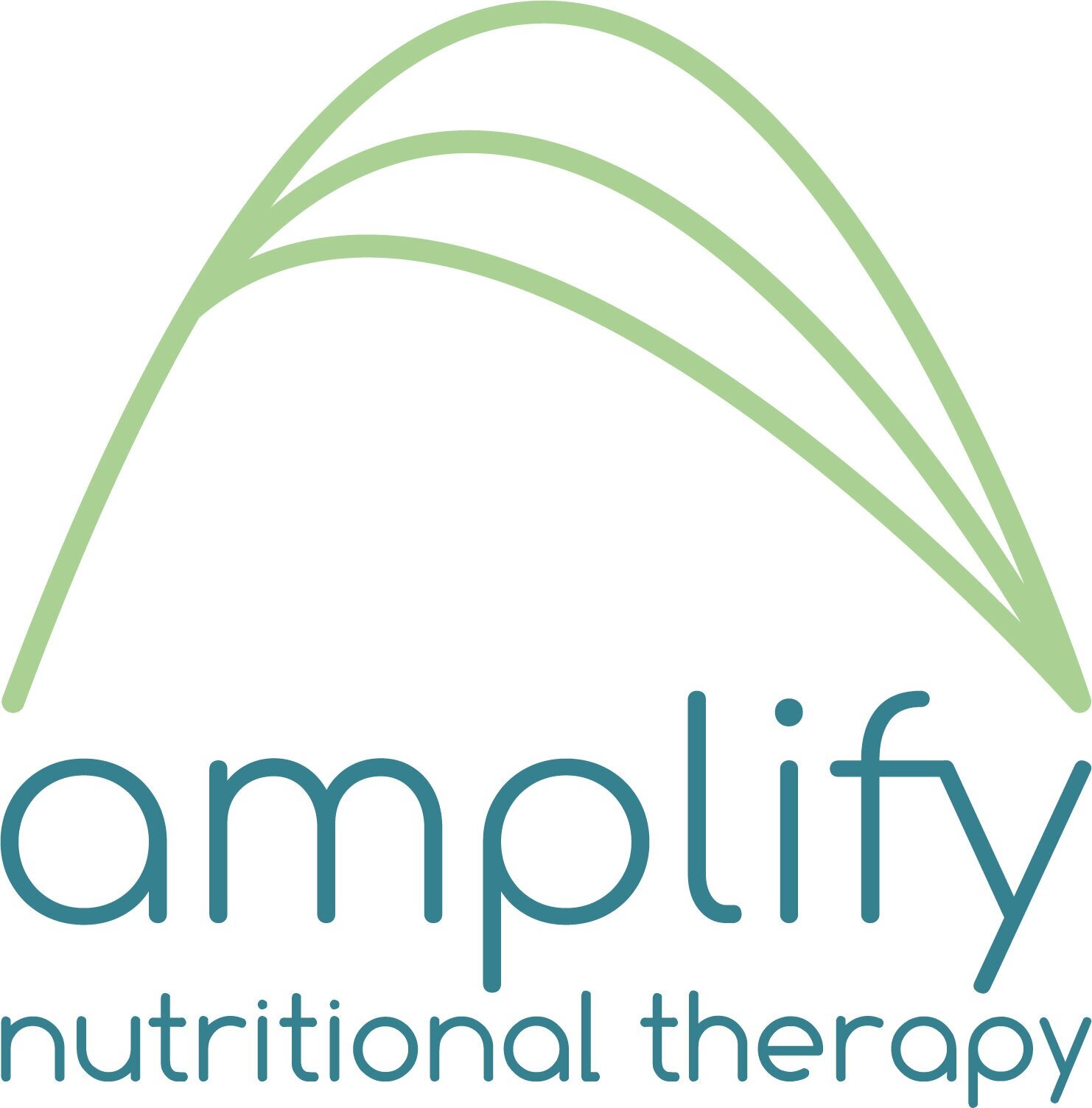Nutritional Dark Matter
Study: The unmapped chemical complexity of our diet. Albert-László Barabási, Giulia Menichetti & Joseph Loscalzo Nature Food volume 1, pages 33–37(2020)
Key Takeaway: Eat your foods whole and do not stress over key nutrients. We still do not know how all of the compounds in our food work together.
‘Nutritional dark matter’ is a term that describes nutrients in foods that we still don’t know about. So far we only know and track about 150 compounds in food, but the writers of this article from December 2019 estimate that there could be tens of thousands of compounds.
They take the example of garlic which has 67 known nutritional elements, for example, manganese, vitamin B6 and selenium. However a clove of garlic contains more than 2306 distinct chemicals; for example, allicin, responsible for the aroma, to luteolin, a flavone with reported protective effects in cardiovascular disease to name but two.
The diversity of chemicals in plants are needed in large numbers in order to survive their predators, usually in the form of spikes on the plant or through chemicals, which are shown through taste, smell and appearance. Their defence system requires a secondary metabolism which produces a wide range of other chemicals such as flavonoids, terpenoids and alkaloids. This means that the number of secondary metabolites is estimated to exceed 49,000 compounds - indicating that what we currently know about food represents only a small picture of what we are really eating. Only a fraction of these are tracked and quantified in nutritional databases. Whilst these are generally well studied, we need to be aware that there are so many other biochemicals in food that are untracked and largely unexplored. These chemicals also change depending upon how food is treated; cooking and processing foods alters its chemical composition - adding chemicals that are absent in raw ingredients and transforming others, eg, acrylamide (a carcinogenic compound) which is found in fried foods.
Advances in ‘big data’ are advancing biomedicine. Understanding more about the food we eat, how it is prepared, and where it is from may in the future enable scientists to define an individual’s nutritional-chemical ‘barcode’ or ‘foodome’ The ability to track an individual foodome, correlated by genetics, environment and health history may enable the merging of a statistical platform similar to that which fuelled advances in genomics. Integrating food supply, the gut microbiome and personalised dietary approaches may in the future offer highly personalised food based therapies to support disease prevention and healthy ageing. This is years away, so let’s not get hung up on it for now. Better to enjoy your foods whole and with minimum of processing.
